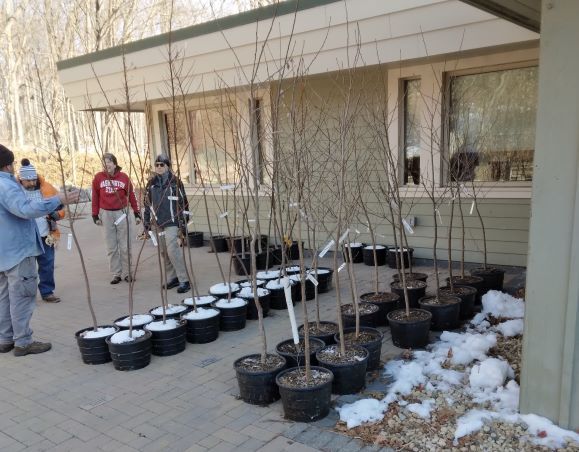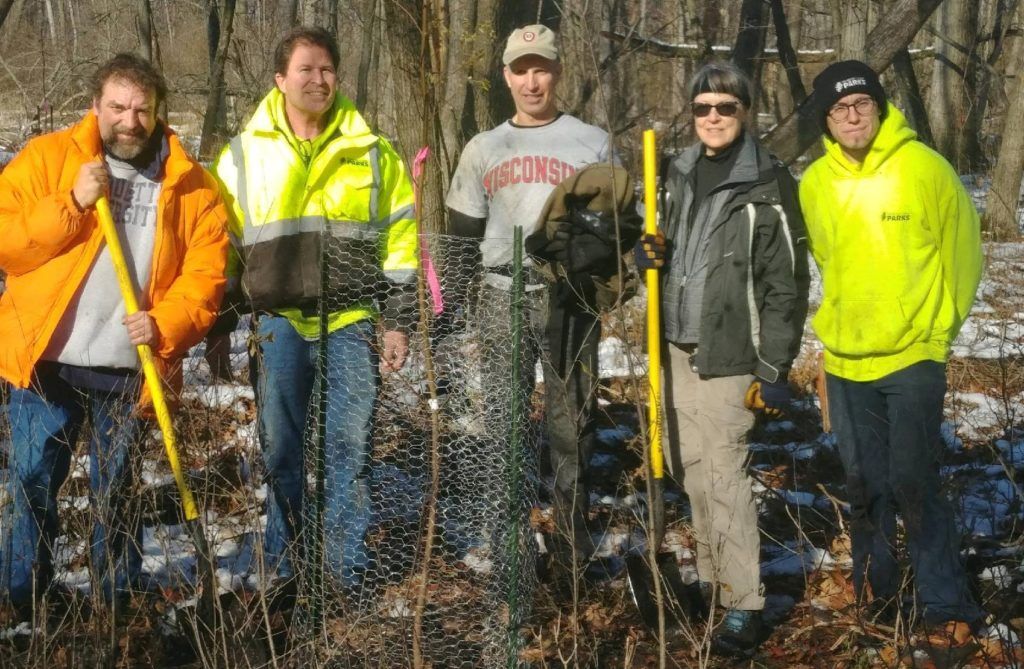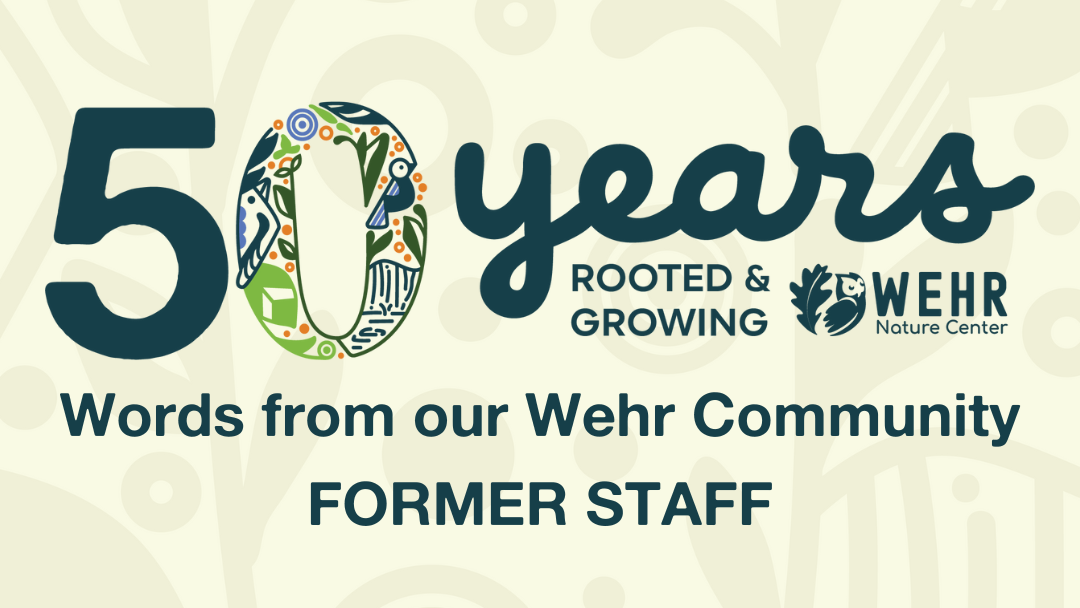Memorial Donation Keeps Frogs Happy
I love Wehr Nature Center. I know. That might sound obvious. After all, I’ve been here for over 26-years, but I really do. Wehr is of course special. It’s an island of green in an increasingly urban metropolitan area. But what I really love are some of the special places within this special place. One of those special places is observed and visited thousands of times a day. And yet, most who see it, have zero idea as to why it’s so special. I speak of Wehr’s ephemeral pond.
Located on the north boundary of Wehr Nature Center, the ephemeral ponds are bisected by West College Avenue. For the myriad of people travelling that road daily at 30mph, it might be described as non-descript. Simply drainage basins or ditches on either side of the road. But nothing could be farther from the truth. The two “drainage ditches” are in fact one of the most important and ecologically sensitive areas in all Whitnall Park and is the recipient of a targeted and deliberate restoration effort.
Due to the underlying geology, these shallow ephemeral (meaning “short lived” as they usually dry up by Labor Day) ponds fill up from snow melt and spring rains. That’s when they literally spring to life. Creatures like Planaria, Blood Worms, Water Beetles, and the whimsical looking Fairy Shrimp abound. But taking the prize for the most remarkable ephemeral pond resident is the Wood Frog.
Best described by the saying “tough critters come in small packages”, these diminutive frogs max out at only 2” to 3” in length and sport a black facial marking that is mask-like in appearance. However, their superpower is an ability to produce a special anti-freeze during the winter (they are Alaska’s only frog) and to survive very cold temperatures in the Spring. The first Wisconsin frog to emerge, they come to the pond to breed as early as March and have been observed in ponds still covered with patches of ice. This early emergence gives them the advantage of feasting on the tasty invertebrates mentioned earlier before other frogs emerge. But the best part of breeding in an ephemeral pond is what they don’t have to worry about. That is competition from, and lack of competition from fish.
As special and resilient the Wood Frog and the coterie of creatures are, they also face many challenges: Road salt from College Avenue, and even illegal dumping of litter and paving oil has affected this frog haven. However, in the last ten years, a new threat emerged: the loss of the tree canopy.
One of the most challenging changes occurred in 2008 with the arrival of Emerald Ash Borer in Wisconsin. A few years later they were documented at Wehr. The result? The entire population of mature Ash trees in Whitnall Park succumbed to this Asian beetle. The loss of Ash completely changed the complexion of our tree canopy, especially in the ephemeral ponds. Wehr staff grew concerned over the loss of so much vegetation as trees provide cooling shade and therefore cooler water temperatures. While water temperature is important, it’s also directly related to another key component in pond health: Dissolved Oxygen. Essentially, if the ephemeral pond get’s too warm due to too much sunlight from canopy loss, dissolved oxygen in the water drops. This could negatively affect the invertebrates and the Wood Frogs that depend on them.

Fortunately, we’re pleased to say that 2022 featured tremendous progress towards the restoration of the ephemeral ponds and the creatures that depend on them. Friends of Wehr (FOW) was the recipient of a generous donation. A local family who’s been visiting the nature center for decades made a memorial donation in memory of a loved one who recently passed. Their donation allowed Wehr to purchase a whopping 44 native trees for replanting around the pond. Specific species of tree were selected with our restoration goals in mind. First, many of the trees consisted of Silver Maples and Cottonwoods which like wet conditions found by the pond and grow REALLY fast. In the next five to ten years these trees will be providing much-needed shade for the ephemeral pond. Next, planted under the fast growers are another moisture-loving species, the Swamp White Oak. Hopefully, the Silver Maples and Cottonwoods will live between 50 and 100 years. When they pass on, the Swamp White Oaks will take their place and potentially provide shade for our frogs for the long term of 150 to over 200 years! Hopefully, this effort will give the ephemeral pond, and the Wood Frogs much-needed cooling, truly keeping them “made in the shade.”
The preservation and restoration of Wehr’s ephemeral pond could not have taken place without the efforts of so many. The family who made the generous donation “planted the seed”. The many volunteers who hauled, planted, and caged trees over several days made it a reality. And the dedicated field staff of Wehr provided leadership and logistical support.
Participating in the project has been immensely rewarding. I will always take pride in this project. A project that will live on long after I and everyone else reading this post are gone. If you would like to donate for yourself or on behalf of someone you love, please contact Wehr Nature Center. We would be happy to help you make a donation for the ephemeral pond or for some other project to make a lasting legacy.

The post Memorial Donation Keeps Frogs Happy appeared first on Friends of Wehr Nature Center.






